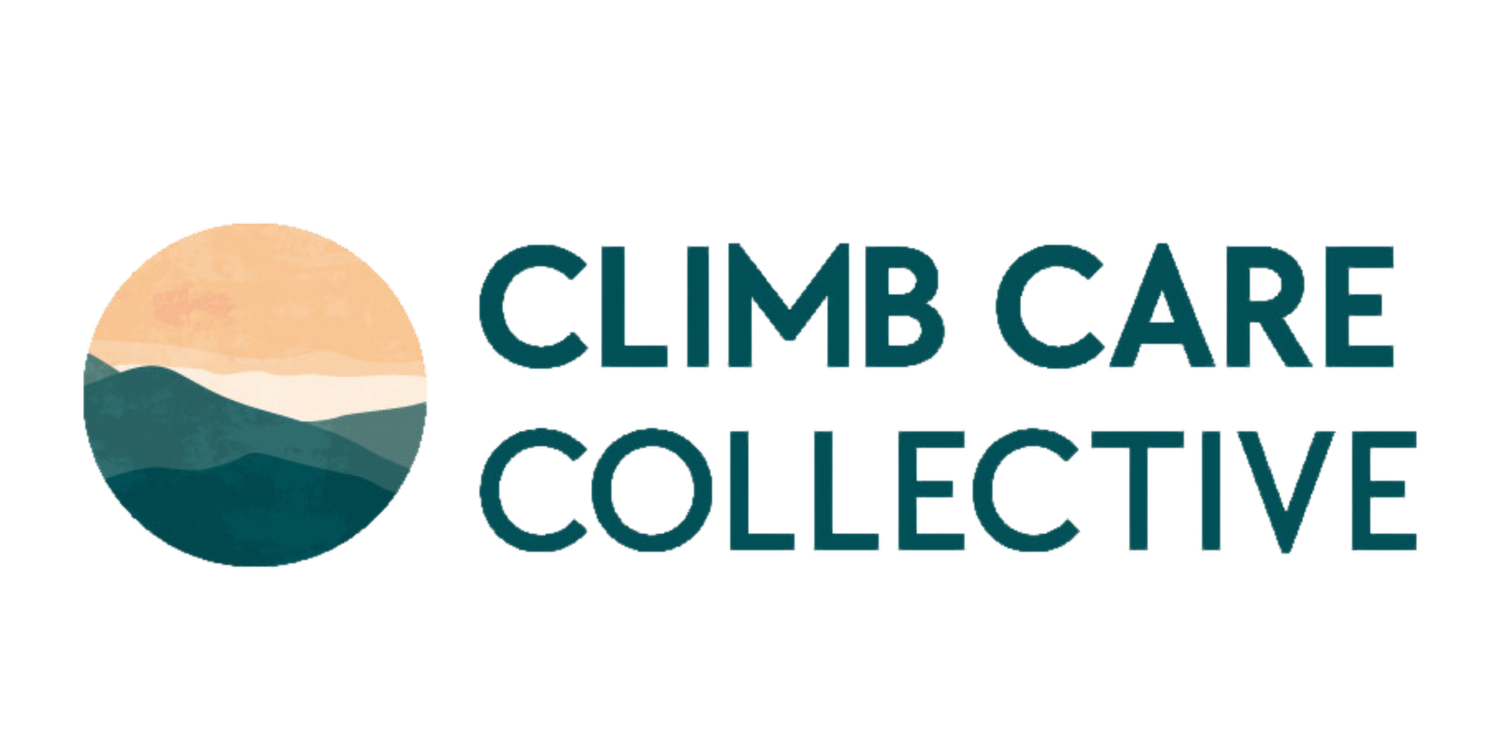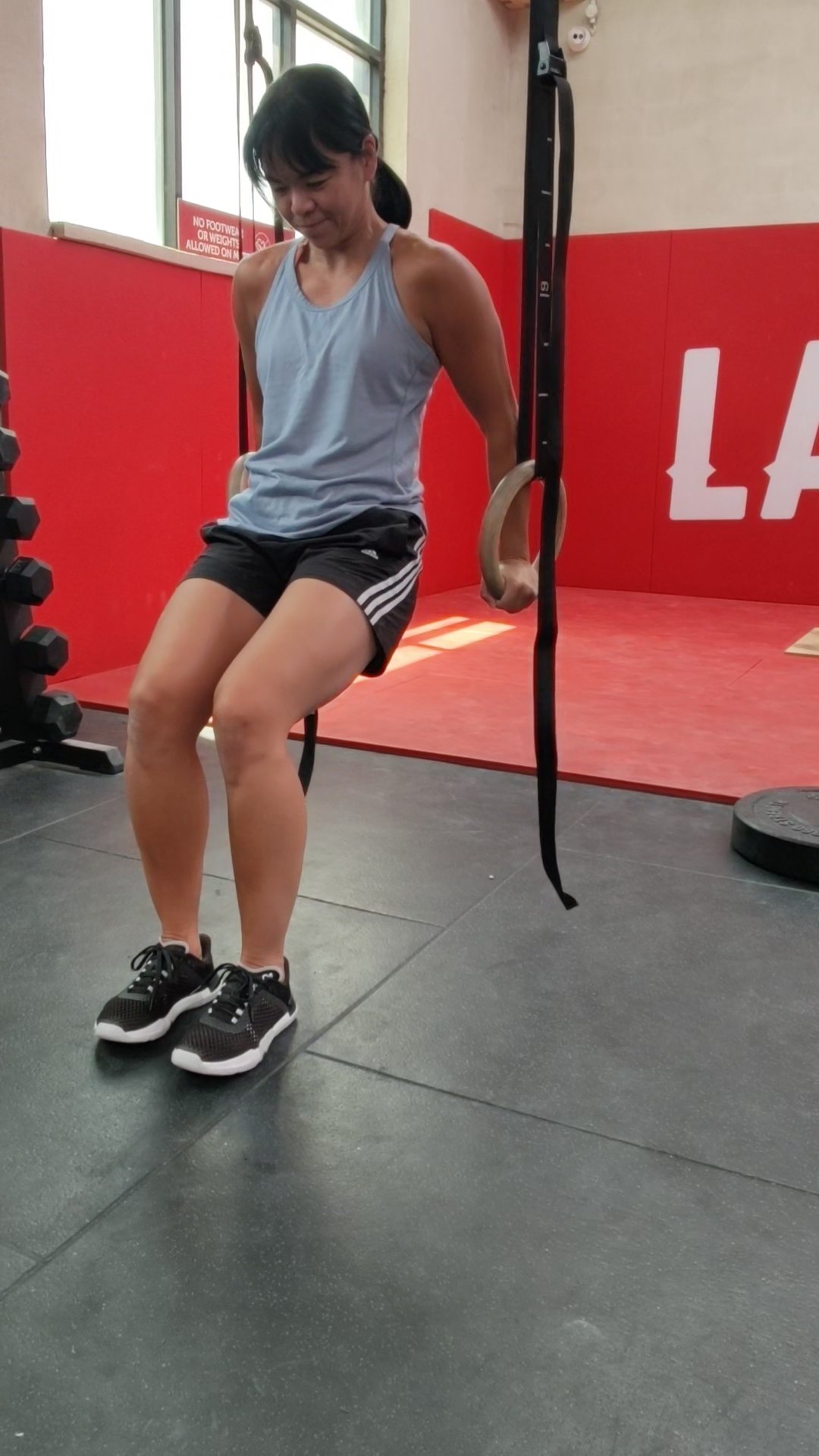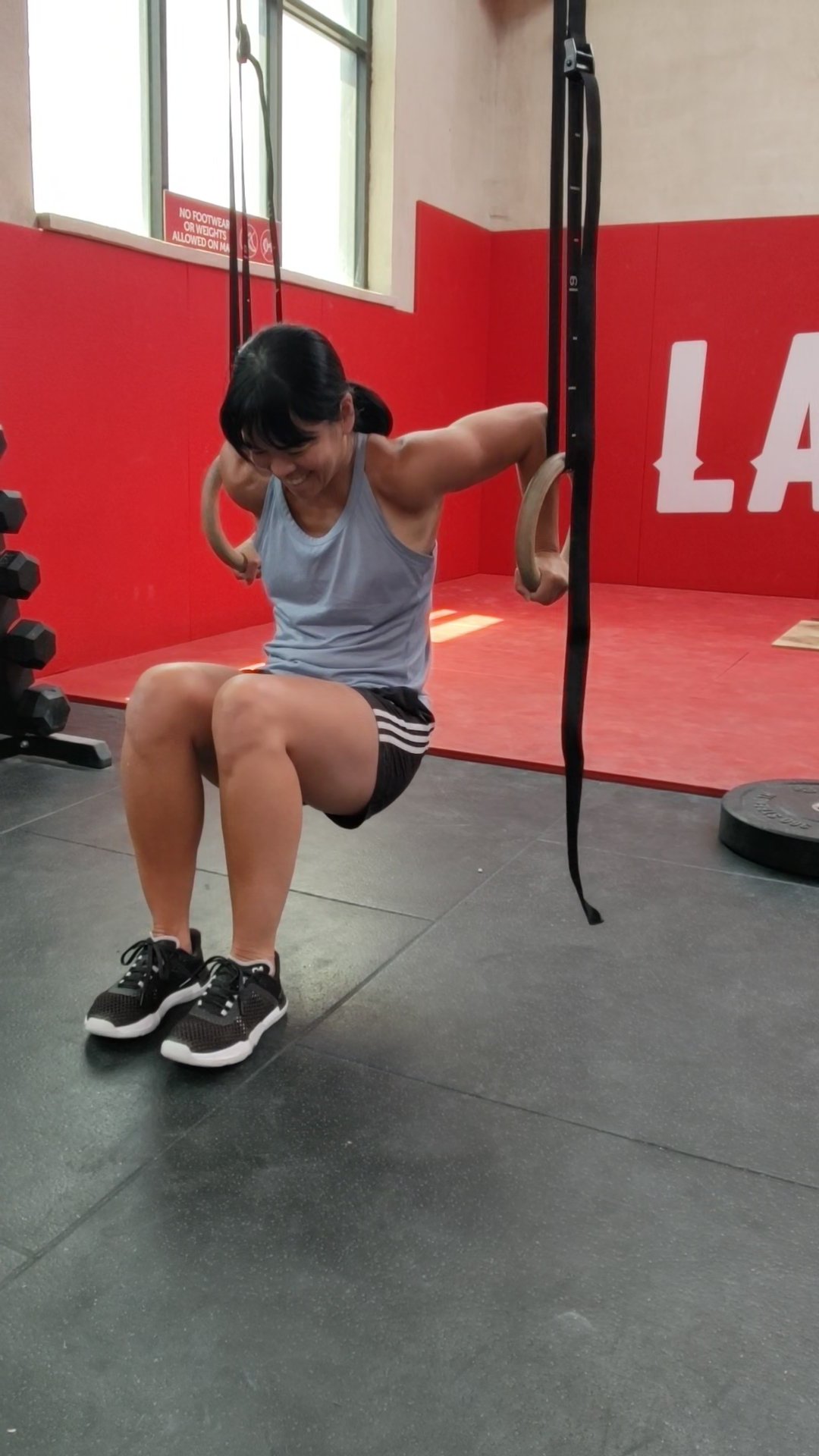Shorty Beta Project part 2/4 - Where it helps to be strong
Now that we have covered where it helps to be mobile in Part 1 of the Shorty Beta Project series let’s dive into where it helps to be strong as a shorter climber.
Rather than focusing on specific muscles I would like to go through movements you will need to be strong in on the wall if you are on the shorter side as a climber.
1) Strong shoulders in a wide span position & lock offs
Like in the picture below, as a shorter climber you are hitting moves closer to the limit of your wingspan more often. Training the trunk and shoulders in these ranges to be able to absorb forces well (slowing down from a dyno) and also produce force well (the take off position) is key.
Here I am hitting a move close to my span, which I prepared into by doing a straight leg swing in a pendulum motion side to side to generate the momentum required to cover the distance,
Often deeper lock off positions will also be necessary as the reach for you as a shorter climber is longer. These can also be trained as part of the gymnastics rings series below!
Drills!
Off the wall my favourite drills for getting strong in a wide span position are those using the gymnastics rings as they combine both strength and stability as you are constantly fighting the movement of the rings. There are also great opportunities for regression and progressions on the rings by simply playing around with the angle at which you are standing or kneeling at the start of the movement. I’ve included some examples of exercises below that I like to work on:
Feet on floor ring pull ups (these are great as part of a warm-up to engage all of the shoulder stabilisers before a session!) Static holds in a half span position, adding difficulty by lifting 1 foot off the floor or shifting across into a lock off
Here I am demonstrating a ring pull up. Key points here are to keep shoulders away from the ears and think about pulling with your elbows rather than the shoulders.
Other ideas on rings:
Ring Flys and I,Y and T’s
Here is a demonstration of Ring Flys in an upright position, key points with this one to maintain tension throughout the whole body and not to let your shoulders shrugs up! Only go as far as you can control, quality over quantity with these.
Feet on floor tricep dips demonstrated below (these are more to do with the ability to generate power in the upper body as triceps are the powerhouse in this region).
2) Finger Strength: training through active hangs
When a move is just within you reach you are likely going to land it in an open or 3 finger drag position (like the photo below). However to move on from here more often than not you will need to swap to a different grip type i.e. a 1/2 crimp.
So training your fingers through active hangs by transitioning between an open and a 1/2 crimp is helpful!
My go to is using a finger block attached to a KB so I can be really precise with how much loading is going through the fingers and cycling through the 1/2 crimp and open position of the fingers for 3 sets of 8-10 reps.
Tip: attaching an anti-swivel device like in the photo above (you can pick these up at your local hardware store) can be handy to prevent any excessive rotation of the KB when you are doing this drill!
3) Trunk/ core strength to help control the swing of a dyno or keep tight in stretched out positions on the wall
There is much debate about what the core is and where it starts and finishes. For the purpose of this series the core is everything in between the shoulders and the hips on the front and back side of the body. It is the stable base that every other movement is generated from.
One of my favourite quotes from Eric Cressey an athletic trainer in the baseball world is below, he was referring more to the shoulder stabilisers I believe however the same principles apply for the trunk/ core.
“You can’t launch a cannon from a canoe”
- Eric Cressey
Now what we are referring to here is the leaking of energy in the system if you are operating from an unstable base. Some would argue that yes technically you can launch a cannon from a canoe however it would not be anywhere near as efficient as choosing to use a stable platform as your base. The core does exactly this, it doesn’t so much create movement but works to help control movement and slow it down so we are not expending excess energy in the arms and legs to complete the movement.
As a shorter climber you will often find the need to jump more often or potentially cut feet. Controlling the swing, repositioning your feet accurately and staying tight during these movements are all the work of the core.
Great news, the gymnastics rings drills we covered above are great at training the core (2 in 1!) my other favourites are drills performed in hanging positions on and off the wall and longer lever positions which I sometimes sprinkle in as warm ups. See my favourites below!
Longer lever tension: Inchworm to Larva
Start in standing and keeping your knees as straight as possible walk out with your hands into a plank and just past here squeezing through the glutes and keeping tight through the movement no sagging!
Hanging washing machine from a bar or jugs
Hanging wall clock toe taps from jugs on a steeper wall
Cut feet and reposition with accuracy, tapping in 3-4 directions on your left and right sides much like aiming for various times on a clock face think 11 o’clock, 9 o’clock and 7 o’clock then 1 o’clock, 3 o’clock and 5 on the opposite side!
Can do this with the inside leg or outside leg or on a juggy set boulder problem
Or Use the same spray wall and jugs and walk your feet around in both direction aiming not to cut the whole time.
Another favourite of mine that combines several elements for a shorter climber is the step up and overhead plate press.
Keeping the ribcage to the bellybutton the whole time and holding a 5kg weight plate above your head for the duration of the set can be surprisingly tiring!
Med ball drills are awesome!
rotational MB slams or even side to side trunk bends with a weight plate or overhead wall bounces performed in a kneeling position don’t allow you to use the legs and really fire up the core into stopping excessive movement.
For my favourite training drills check out my YouTube channel where I post the exercises I commonly prescribe to my clients in clinic for on and off the wall training!
4) Last but not least single leg in upper ranges of hip flexion think a high step and rockover move like positions
As a shorter climber you will more often end up in positions closer to your end range in all of these shapes so it’s important to not only have the range to get there but to generate some force from here.
Reverse lunges into a 90 90 step up positions are great, high stepping onto a box and lowers, shrimp squats and their variations, standing hip flexor lifts off a box and curtsy lunges for the more lateral movements on the wall.
Now that’s a wrap for Part 2 of 4 of the Shorty Beta Project now onto part 3 where we will dive into all things dynamics from moving dynamically to training for dynos (you will need them!).







